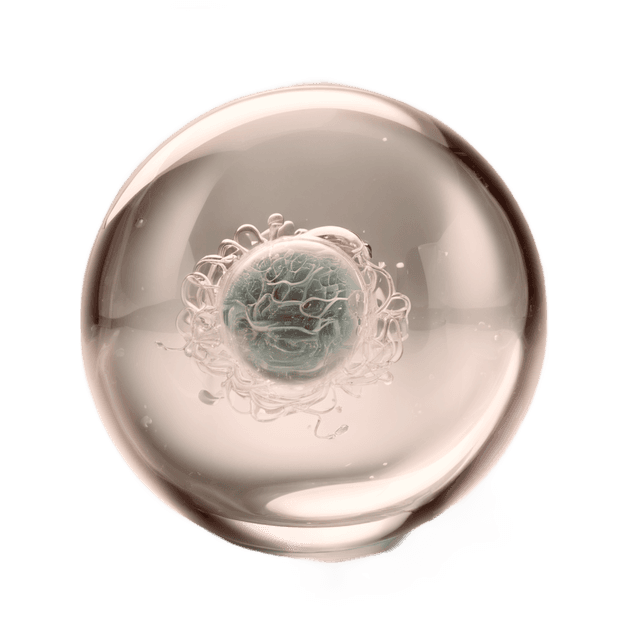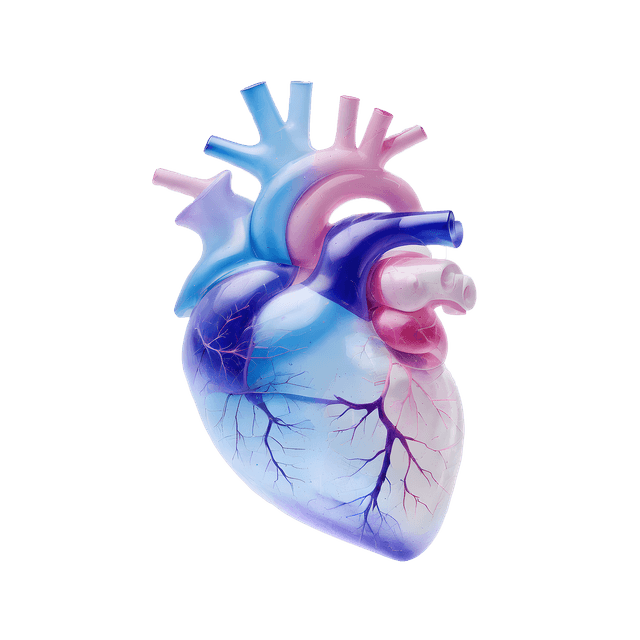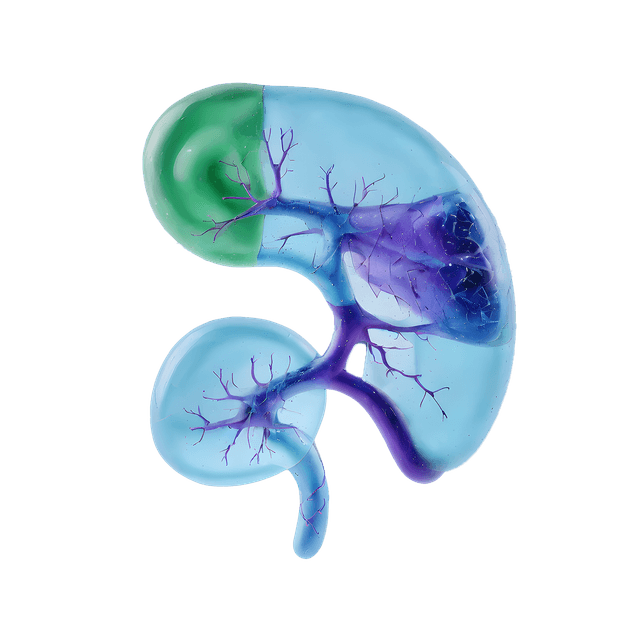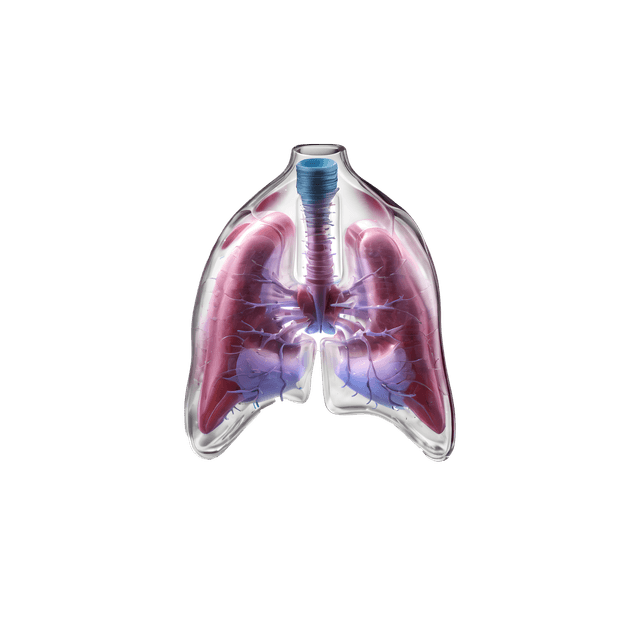Quick version
What is atrial fibrillation?
Sometimes the electrical signals in the heart’s atria become disorganized, causing an irregular heart rhythm. This is called atrial fibrillation, or heart flutter, and it makes the heart beat irregularly and often faster than normal. When the heart beats irregularly, blood is not pumped as efficiently, which increases the risk of blood clots and stroke.
Common symptoms of atrial fibrillation
The symptoms of atrial fibrillation can appear suddenly or develop gradually over time. It’s common to experience:
- Palpitations – when the heart races or beats irregularly
- Irregular pulse – difficult to feel a steady rhythm
- Shortness of breath – especially during exertion
- Dizziness or impaired balance
- Fatigue and reduced stamina
Silent atrial fibrillation
Some people with atrial fibrillation experience no symptoms at all. This is known as silent atrial fibrillation and is often discovered incidentally during a blood pressure check or ECG. Even if you don’t notice any symptoms, the risk of stroke is just as high as for those who do, so treatment is equally important.
Increased risk of blood clots and heart failure
Heart flutter increases the risk of blood clots forming in the heart, which can travel to the brain and cause a stroke. Long-term, untreated flutter can also lead to heart failure, meaning the heart cannot pump efficiently. Detecting and treating the condition early reduces the risk of serious complications, so it’s important not to ignore the symptoms.
When should I seek medical care?
Seek emergency care if you experience:
- Sudden chest pain or pressure in the chest
- Severe shortness of breath or fainting
- Irregular heartbeat combined with dizziness or feeling unwell
Book an appointment with your healthcare provider if you experience:
- Prolonged irregular pulse or recurring palpitations
- Shortness of breath, fatigue, or reduced stamina without a clear cause
Check your pulse yourself
You can easily check your own pulse by placing two fingers on your wrist, just below the thumb. Feel whether the rhythm is regular or if it skips and varies in strength. Also notice if the pulse beats faster than usual without an obvious reason. If you find that your pulse is irregular on several occasions, contact your healthcare provider for an ECG examination.
Examination and diagnosis
To examine and diagnose atrial fibrillation, an ECG (electrocardiogram) is used to display the heart’s electrical activity. A long-term ECG can help detect temporary episodes of irregular heart rhythm. Blood tests and ultrasound are often used to rule out other causes.
How is atrial fibrillation treated?
Treatment for atrial fibrillation often involves several steps to protect the heart and reduce the risk of complications. One or more of the following methods are commonly used:
- Electrical cardioversion or catheter ablation to control or restore normal rhythm
- Blood-thinning medication to prevent blood clots and stroke
- Treatment of underlying conditions such as high blood pressure, sleep apnea, or heart disease
- Lifestyle changes such as quitting smoking, reducing alcohol intake, exercising regularly, and ensuring proper rest to lower the risk of recurrence
Prevention through healthy habits
Heart and vascular health benefit from keeping blood pressure under control, eating a heart-friendly diet, and staying physically active every day. Regular health checkups and paying attention to how your pulse behaves can help detect warning signs early.

























